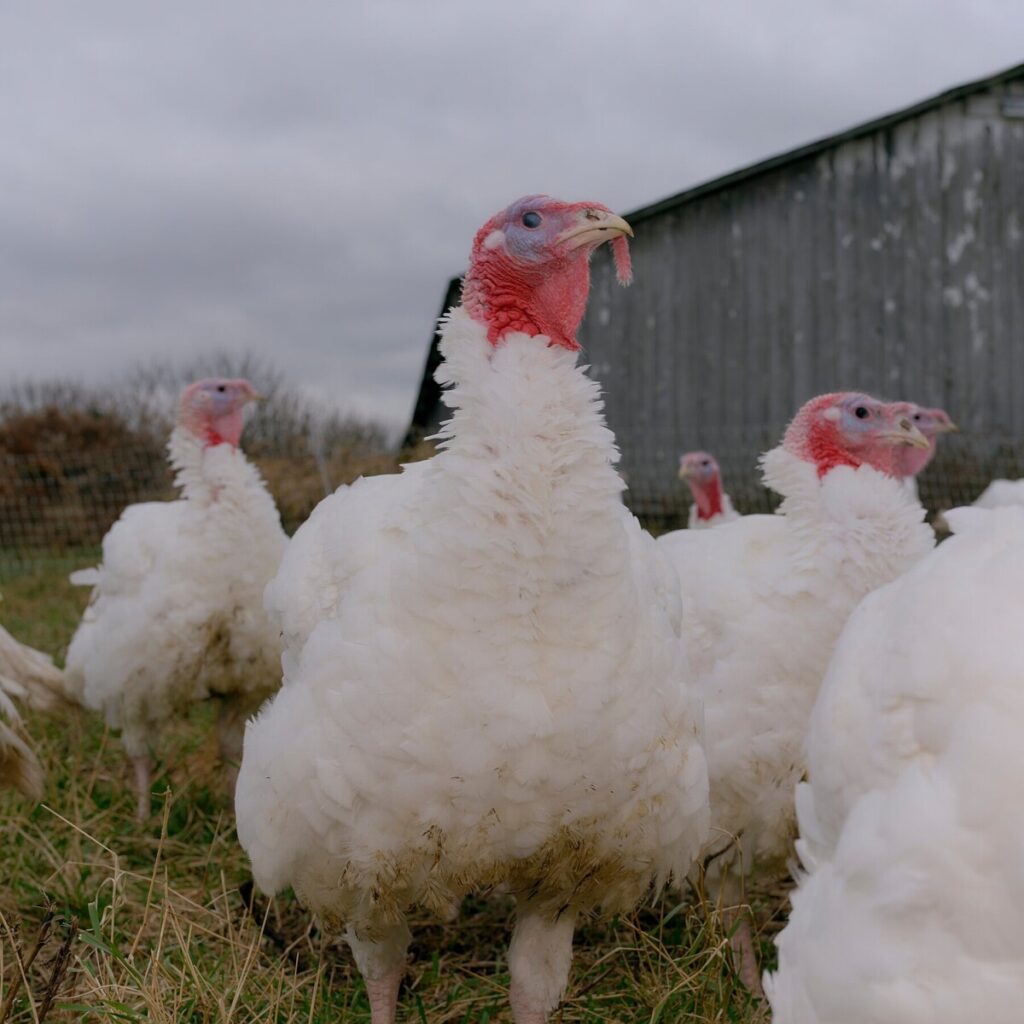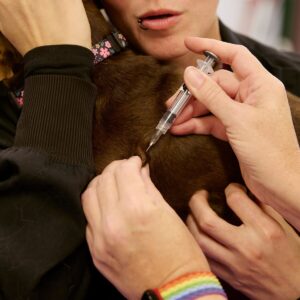Bird Flu Is Back
As autumn approaches, the annual migration of wild birds signals a potential resurgence of avian influenza, a highly contagious virus that poses significant risks to both wildlife and domestic poultry. This year, the situation is particularly concerning due to the ongoing government shutdown, which has left federal agencies—such as the U.S. Department of Agriculture (USDA) and the Centers for Disease Control and Prevention (CDC)—operating with minimal staff. These agencies play a crucial role in monitoring and managing outbreaks of avian flu, and their diminished capacity raises alarms about the potential spread of the virus during a time when wild birds are typically on the move, increasing the likelihood of transmission.
The current strain of avian flu, known as H5N1, has already led to significant losses in poultry populations across the United States, with millions of birds culled to prevent further spread. The virus has also been detected in various wild bird species, which can act as carriers without showing symptoms. In previous years, outbreaks have resulted in not only economic losses for farmers but also heightened concerns about food safety and public health, especially as the virus can occasionally infect humans. The interplay of the fall migration and the government shutdown creates a perfect storm, complicating the response efforts. With fewer personnel available for surveillance and rapid response initiatives, experts warn that the risk of a larger outbreak could escalate, affecting both the agricultural sector and local ecosystems.
In light of these challenges, state and local agencies are stepping up their efforts to monitor bird populations and educate farmers and the public about biosecurity measures. Farmers are encouraged to implement strict protocols to protect their flocks, such as minimizing contact with wild birds and enhancing sanitation practices. Meanwhile, researchers and wildlife officials are calling for a swift resolution to the government shutdown to restore full operational capacity, emphasizing that timely intervention is critical to mitigating the impact of avian flu this season. As the situation develops, vigilance and proactive measures will be essential in safeguarding both poultry health and public safety during this critical period.
Related articles:
– Link 1
– Link 2
Avian flu often flares up in the fall as wild birds begin migrating south; this year, the uptick is occurring during a government shutdown, as federal agencies that are typically involved in the response are working with skeletal staff.
Eric
Eric is a seasoned journalist covering Health news.



